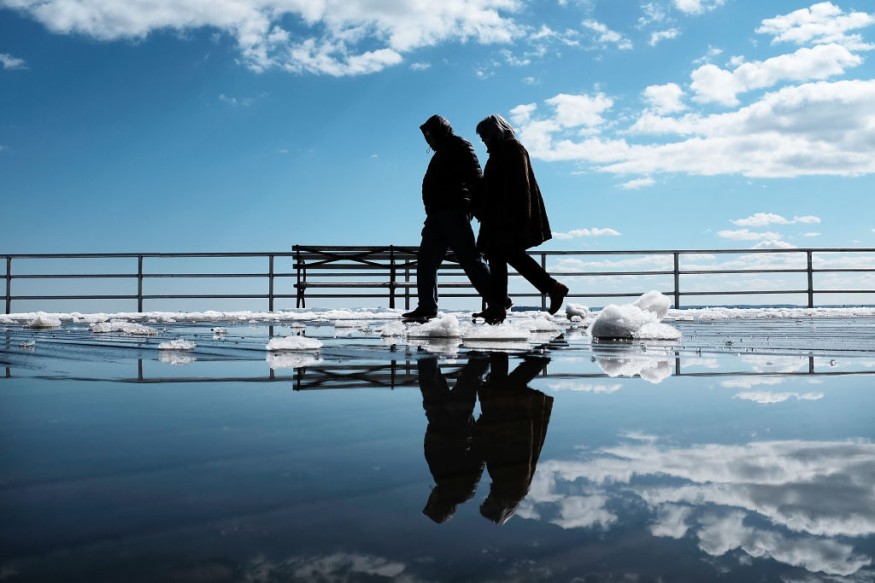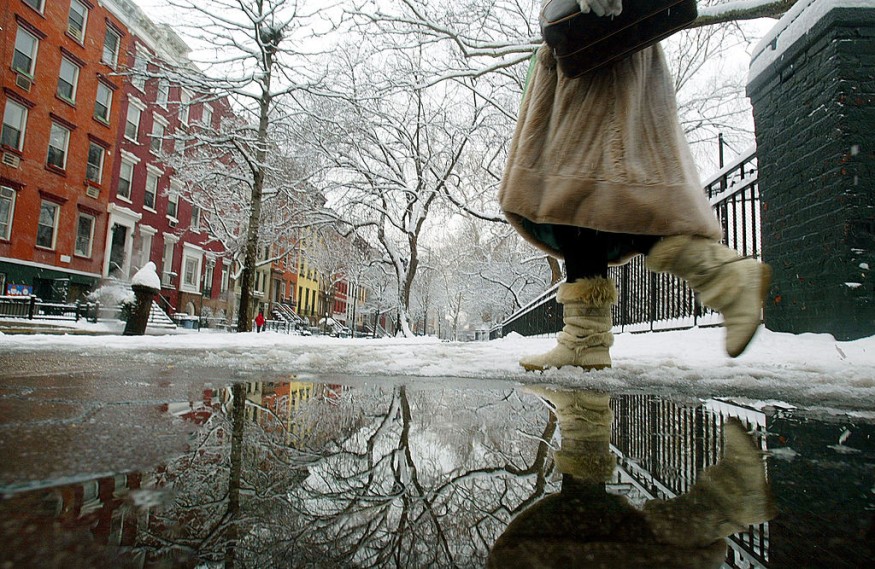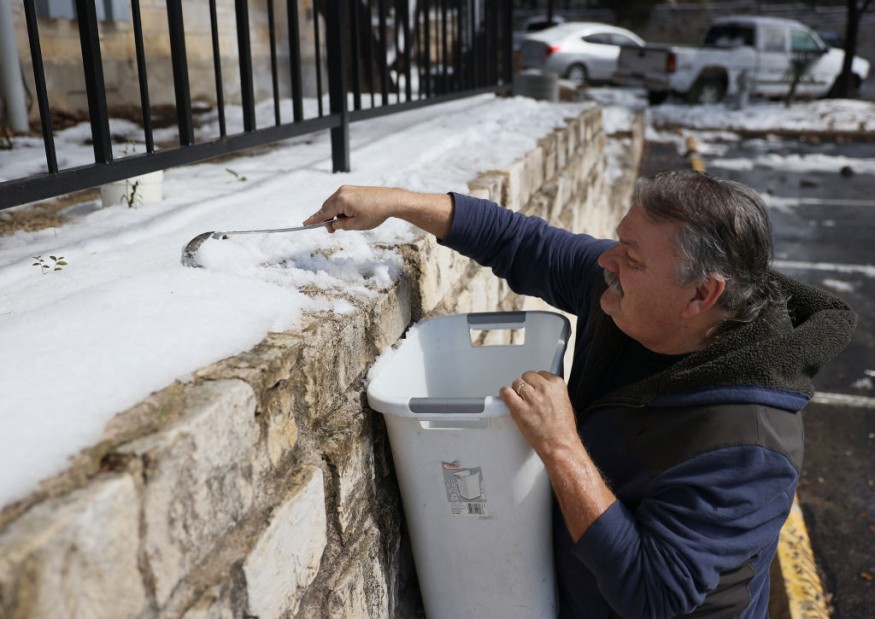
Snow during winter is fun, not until it melts and results in flooding the basement. Like many areas in experience melting snow and ice at the moment, more residence is also dealing with floods that could put the house's foundation at risk.
Just recently, Texas's entire state braved the cold weather brought by the winter storm, Uri. The natural disaster resulted in a nationwide rotating blackout and caused snowmelt flooding in some areas.
While the actual amount of melted water depends on how heavy the snow is, about ten inches of snowmelt into one inch of water.
As soon as the snow melts, a quick thaw can already produce enough water to the soil around your property. If the water flows from the foundation, it can stay and eventually enter the house and cause flooding.
Aside from flooding, snowmelt can also damage your house's flooring, walls, and furniture. To prevent this from happening, below are some tips from Restoration Local on preventing flooding caused by snowmelt.

Shovel it up
The best way to avoid snowmelt flooring is by shoveling the snow before it melts. It is best to put it five feet away from the house while it is still thick as ice. Place the snow where it would melt away from your home and not towards it.
If your house is located on a hill, shovel the snow away from where it does not roll toward the property when it melts.
Check the roof and drainage
After clearing the snow around your house, your next agenda should be clearing the snow from the roof. This way, you can avoid excessive water buildup that could flow through the gutters as it melts. Melting snow can also lead to damage once it enters through your roof.
You should also keep an eye on the drainage areas around the house and make sure it is free from snow and ice buildup. Assess your drainage status and make sure it is working correctly to prevent problems when the snow melts away from your property.
Aside from the roof and drainage, experts also suggest inspecting gutters and downspouts before winter. Clear out leaves and other debris during fall to avoid creating a blockage that could turn into a major problem during winter.

Inspect the cracks
Inspect the basement walls and the rest of the walls inside the house for possible cracks. Don't forget to include the caulking around the windows. Make sure to perform necessary repairs to prevent water from leaking and eventually cause a flood.
Slope check
Before the snow falls, make sure to check your landscaping to ensure the ground slopes away from the house. Add extra soil if needed to keep away melting snow flow from the house's foundation.
Sump pump test
During the winter, take a moment to test your sump pump to ensure it works properly once the snow melts. To do a sump pump test, pour a bucket of water into the sump basin. If the pump does not turn on, unplug it and observe the issue.



